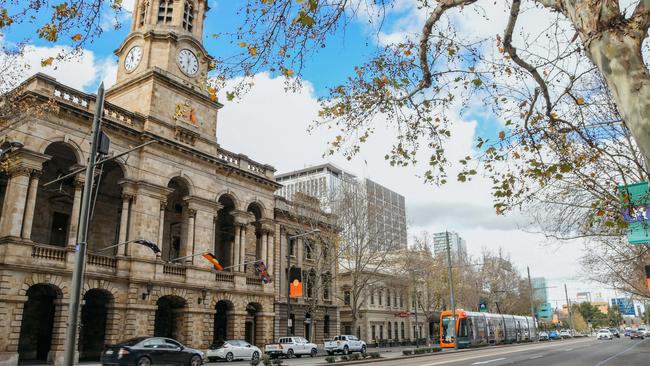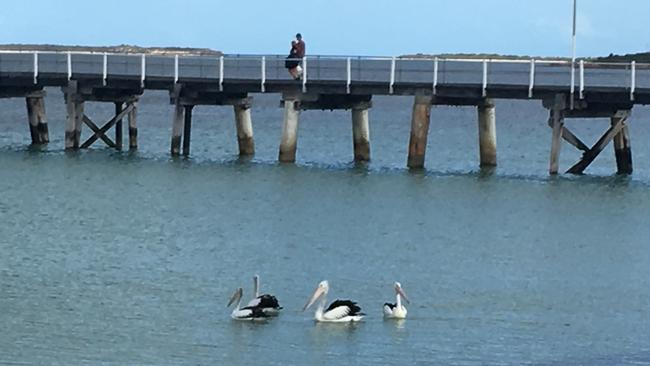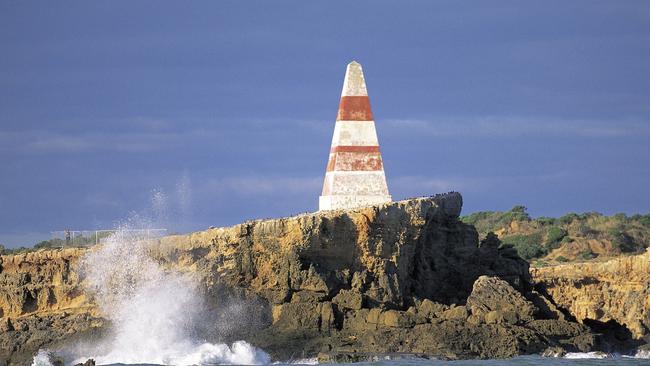Council amalgamations are on the state government’s agenda, but which should be first to be considered?
Premier Peter Malinauskas has thrust the topic of council mergers on to the government’s agenda, but which city and regional councils would be ripe for a merger?
Local
Don't miss out on the headlines from Local. Followed categories will be added to My News.
Council mergers have been thrust onto the agenda by Premier Peter Malinauskas, who has unveiled a preferred model and rammed legislation through parliament.
His test case will be asking Mount Gambier and Grant council voters at elections kicking offin October if they want to merge.
City Editor Erin Jones and Editor at Large Paul Starick analyse which councils are ripe for amalgamation.
1. ADELAIDE CITY COUNCIL
Plagued by infighting and rabid factionalism for too long, Adelaide is torn between a capital city showpiece and the provincial village of North Adelaide. Councillors are elected by a few hundred people yet oversee the epicentre of a state capital. This dichotomy fuelled the heritage versus development factional wars of the 1990s. It also stoked the battles that have dogged the present council, which is ruled by the Team Adelaide group. Various proposals floated over the years have included excising North Adelaide to neighbouring Prospect, or creating a central Adelaide super council, including the city.

2. WALKERVILLE
Home to just 8023 people, according to the 2021 census, Walkerville is one of the state’s most affluent areas. The median weekly household income is $2052, compared to South Australia’s state average of $1455. Many of the state’s powerbrokers live there. This financial and political muscle has enabled Adelaide’s smallest metropolitan council – it’s just 3.5sq km – to defy merger momentum for years. Premier Peter Malinauskas has highlighted that SA has some of the nation’s smallest councils, on the basis of population. If this is his marker for mergers, then Walkerville is one of the obvious candidates.
3. WEST TORRENS
Nestled between Charles Sturt and Holdfast Bay councils, West Torrens missed on out on the western suburbs amalgamations in 1997. Its geography makes it a prime candidate to be subsumed into either of those neighbours. If a more radical version emerged, West Torrens also would fit neatly into a larger central or western Adelaide council. West Torrens has a population of 61,699 – Charles Sturt’s is almost double (121,840) and Holdfast Bay’s is just 37,543. A 1995 report that ignited the 1997 mergers recommended West Torrens amalgamate with Glenelg and Brighton (later merged into Holdfast Bay), Marion and part of Henley and Grange (later merged into Charles Sturt).
4. CAMPBELLTOWN
A northeastern suburban council with a smaller population, 54,800, than neighbouring Tea Tree Gully (101,174). To the south, Campbelltown has the merged entity of Norwood Payneham and St Peters, along with another merger candidate in Burnside. The landmark 1995 report recommended a huge eastern suburbs council. This would have taken in Campbelltown, Kensington and Norwood, Payneham, St Peters, Burnside, Prospect, Walkerville and parts of the former East Torrens and Enfield councils. Any renewed merger debate would have to at least consider bigger councils in Adelaide’s east.
5. MITCHAM
A diverse community of interest, stretching from the suburb from which the council takes its name to Craigburn Farm and taking in a large part of the Sturt Gorge Recreation Park. The 1995 report recommended Mitcham merge with neighbouring Unley and the northern part of neighbouring Happy Valley, which in 1997 became part of the newly created Onkaparinga Council. Mitcham and Unley, in particular, share a community of interest. But talks ignited in the 1980s broke down over issues with the merged entity taking on Mitcham’s infrastructure spending and Unley’s debt.

6. COOBER PEDY
The tiny troubled council of 1800 residents is surrounded by unincorporated land ran by the Outback Communities Authority. Its nearest council Roxby Downs – 450km away – is in a similar situation. It’s the council’s location that makes it hard to amalgamate with another, despite current administrator Tim Jackson looking into an idea of “sharing resources” with Roxby Downs and Port Augusta councils in 2019. The state government this week passed a bill in the legislative council to see the administrator’s role extended until 2026. Clearly the town’s governance and financial future is on the government’s agenda.
7. TUMBY BAY
Located on the Southern Eyre Peninsula, the district of 2733 people is a prosperous agricultural region, much like its neighbours: Port Lincoln and Lower Eyre Peninsula councils. The councils share common interests and could easily be governed as a super council of 23,000 ratepayers with regional offices across its 7420sq km electorate for its blue collar workers. The 1995 merger report proposed the same combined area. If the pandemic has taught us anything, monthly meetings of elected members could be held online.

8. ROBE
It’s a local government area of just 1572 residents which adds up to 15,000 people during summer. It’s reliant on commercial fishing and tourism, much like neighbouring council, Kingston, which also encapsulates the fishing town of Cape Jaffa. Neither council had anyone nominate to become mayor in the upcoming local government elections. So why not kill two birds will one stone, combine their ratepayer bases, pour money into holiday facilities and seaports and elect one mayor. If amalgamated, Beachport should also be hived off from Wattle Range Council.

9. BERRI/BARMERA
The smaller townships of Berri and Barmera could easily be incorporated into the Renmark Paringa Council area. The population of the existing council was relatively stable in the 1990s but has fallen to 10,500 in 2021. It covers about 480sq km of predominantly rural land. The Ministerial Advisory Group also recommended in its 1995 report that the Riverland councils form an alliance, combining Berri/Barmera, Renmark Paringa and Loxton Waikerie councils.

10. FRANKLIN HARBOUR
The tiny Eyre Pensinula council of 1323 residents covers 2755sq km of land. Its main centre is Cowell with the district based on agriculture and some fishing and oyster businesses. In 1995, it was proposed the council combine with Kimba and Cleve local government areas. There was a boundary adjustment in 2014, which saw the localities of Mangalo/Heggaton transferred to Cleve and a decrease in rateable income of $200,000 per year, but little has been done since.


